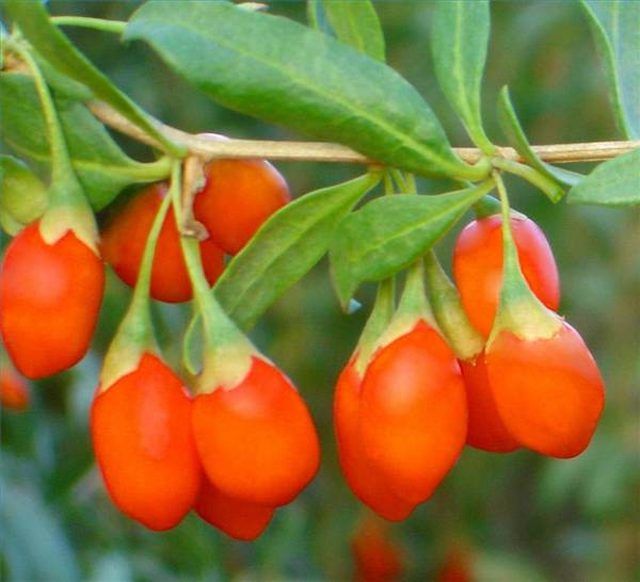Bulbs
Flower Basics
Flower Beds & Specialty Gardens
Flower Garden
Garden Furniture
Garden Gnomes
Garden Seeds
Garden Sheds
Garden Statues
Garden Tools & Supplies
Gardening Basics
Green & Organic
Groundcovers & Vines
Growing Annuals
Growing Basil
Growing Beans
Growing Berries
Growing Blueberries
Growing Cactus
Growing Corn
Growing Cotton
Growing Edibles
Growing Flowers
Growing Garlic
Growing Grapes
Growing Grass
Growing Herbs
Growing Jasmine
Growing Mint
Growing Mushrooms
Orchids
Growing Peanuts
Growing Perennials
Growing Plants
Growing Rosemary
Growing Roses
Growing Strawberries
Growing Sunflowers
Growing Thyme
Growing Tomatoes
Growing Tulips
Growing Vegetables
Herb Basics
Herb Garden
Indoor Growing
Landscaping Basics
Landscaping Patios
Landscaping Plants
Landscaping Shrubs
Landscaping Trees
Landscaping Walks & Pathways
Lawn Basics
Lawn Maintenance
Lawn Mowers
Lawn Ornaments
Lawn Planting
Lawn Tools
Outdoor Growing
Overall Landscape Planning
Pests, Weeds & Problems
Plant Basics
Rock Garden
Rose Garden
Shrubs
Soil
Specialty Gardens
Trees
Vegetable Garden
Yard Maintenance
How to Harvest Goji Berries
How to Harvest Goji Berries. Most goji berries, also known as wolfberries (Lycium barbarum), are grown in Tibet and China. They can be grown in many other regions of the world as well. In Asia, goji berries have been used for thousands of years. Goji berries are beneficial to health because they are high in antioxidants and vitamin A, iron, protein...

Most goji berries, also known as wolfberries (Lycium barbarum), are grown in Tibet and China. They can be grown in many other regions of the world as well. In Asia, goji berries have been used for thousands of years. Goji berries are beneficial to health because they are high in antioxidants and vitamin A, iron, protein and calcium. They are known to increase production of white blood cells and increase cardiovascular health and strengthen the liver and immune system. They contain eight essential amino acids and many essential minerals.
Things You'll Need
Large sheet of fabric
Bucket
Soft gardening gloves
Long pole or stick
Grow your goji berry plants in moderate, well-drained soil. They do better in regions of higher altitude and full sun. According to the Timpanogos Nursery, goji plants don't begin to grow their fruit until about 2 years and will not start producing a heavy crop until they are 4 or 5 years old.
Monitor your goji berries to see when they become ripe for the picking. In the Northern Hemisphere, they usually are ready for harvest between July and October.
Treat the berries with care. Goji berries are somewhat delicate compared with other berries. In China and Tibet where they are grown commercially, the berries are not touched during harvest. The berries turn dark when touched by the oils in human hands.
Use a sheet to collect them at harvest. Spread the sheet underneath the bush. If your bushes are still small, you may need a sheet that is only 4 by 6 feet or so, but these bushes can grow to be 10 feet tall. If your bushes are bigger, then you will need a much larger sheet to rest beneath its branches.
Put your soft garden gloves on so that you don't touch the berries, and if you can reach the branches, then carefully shake them until all the berries fall onto the sheet below.
Wrap up the sheet and then sift the berries from that tree into a bucket so you can use the sheet for the next bush.
Use a long pole or stick to reach the branches of taller bushes when shaking out the berries onto the sheet.
Tips & Warnings
If none of the berries fall off the branches when you shake them, then they are probably not quite ready for harvest.